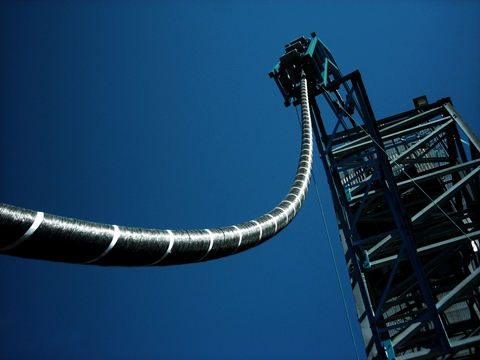
Cables are the achilles heel of the offshore wind industry; a majority of insurance claims are related to cable failures. Easy to break, hard to fix, as repairs always require an expensive repair vessel and spread.
In the event that an offshore wind farm loses one of its (typically) two export cables, the largest loss will be due to lost revenue, although the lost generation is probably less than 50% of potential output due to periods of low wind speeds, and also due to the fact that export cables can be specified to carry more than half of the wind farm capacity.
Should a Grid Operator (eg an OFTO) own the transmission assets, compensation will probably paid to the wind farm Owner, but the maximum amount may well be capped, and is unlikely to cover the lost revenue incurred from a cable failure. Lost revenue will be of the order of many millions, and both the Owner and Grid Operator lose. Although the repair cost can be offset against insurance, nevertheless an insurance deductible will be lost, which will amount to many hundreds of thousands of pounds. The Owner will not be able to recover lost generation revenues other than via the OFTO compensation.
Whilst the lost generation will be the largest element of expense, the repair costs will also be substantial. Assuming that the OFTO or Owner has access to the necessary spares (not always the case) – cable, joints and other required accessories – for the repair, there is the substantial cost of the repair vessel and spread to factor. Cable ships cost from GBP 100,000 per day upwards, for most DP2 vessels (necessary for a reasonable weather working capability; barges can be used but will be more weather limited as rule). Unless a vessel already has the necessary testing and jointing equipment on-board, there will also be sizeable mobilisation and demobilisation fees, and the repair itself can take of the order of 10 days to complete. This does not include time lost waiting on weather. So repair costs are likely to amount to well over GBP 1m.
Typically, the time between the failure being reported and fixed is not less than 8 weeks, and can be substantially longer if spare cable needs to be sourced and a suitable vessel and spread identified and contract agreed. To reduce these costs, OFTOs and/ or owners should agree call-off charters/ contracts with a number of vessel owners and/ or potential repair contractors, and also agree generic risk assessments, method statements and implement in-house training.
[Image courtesy of ABB]
